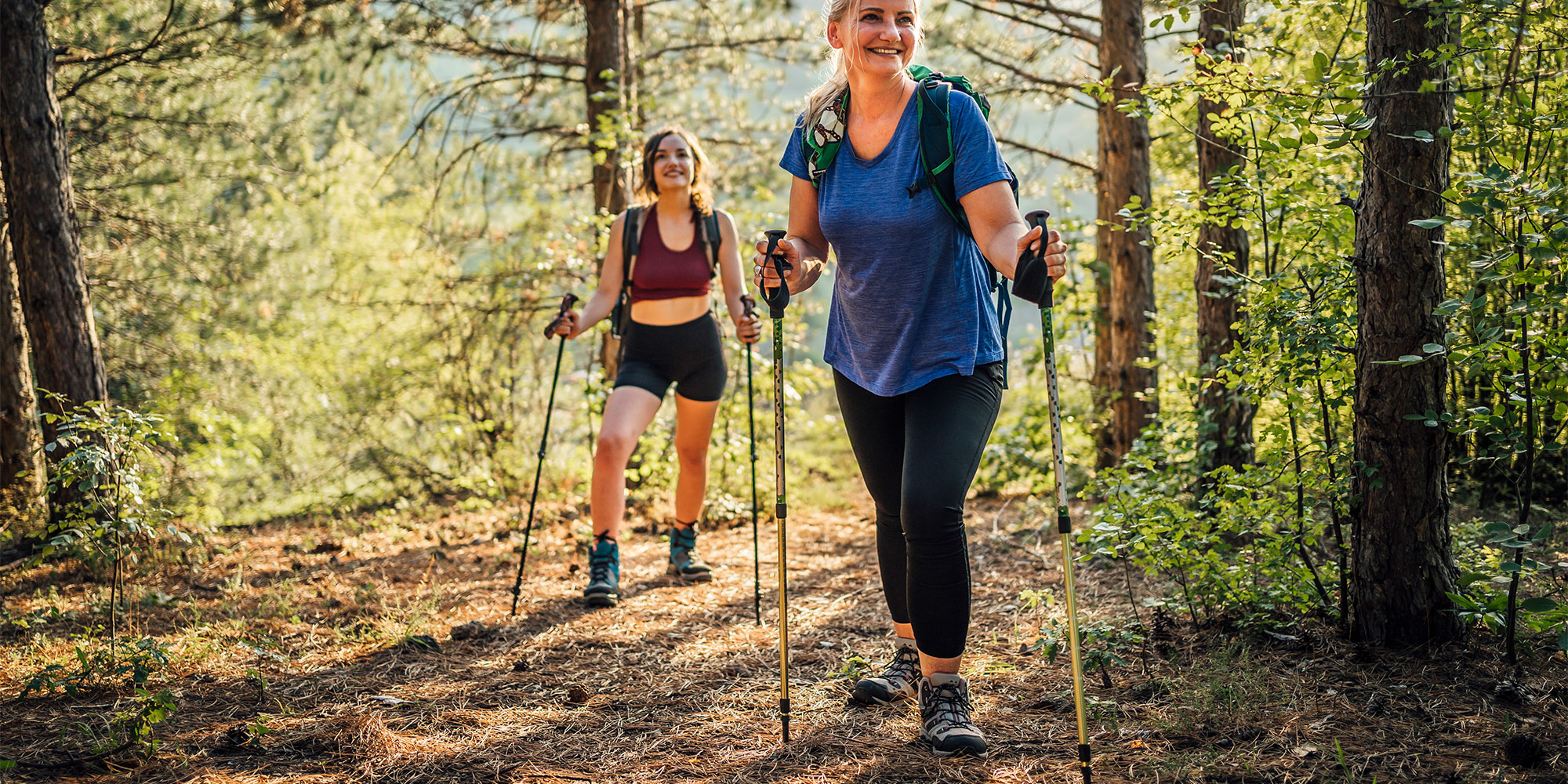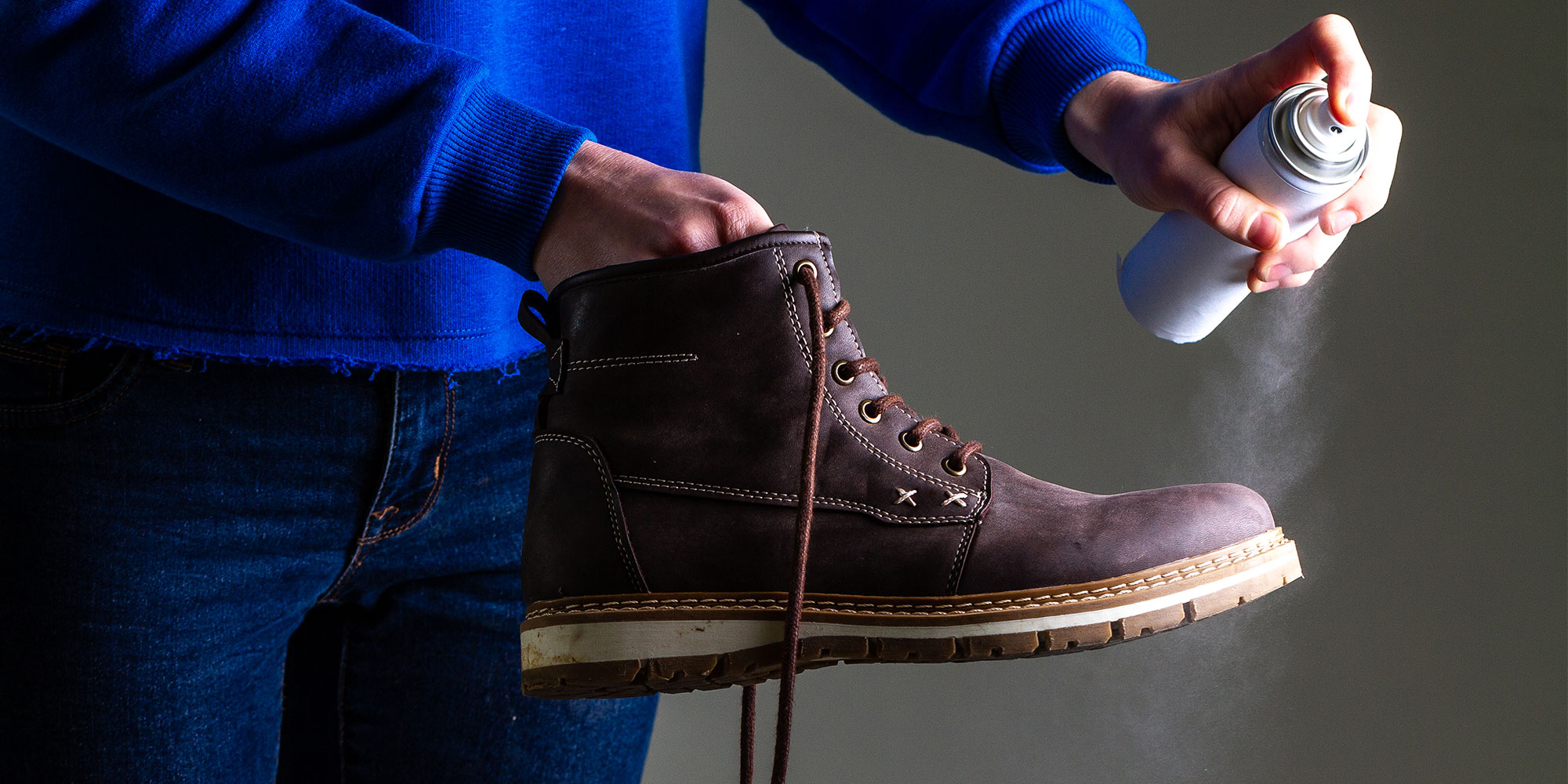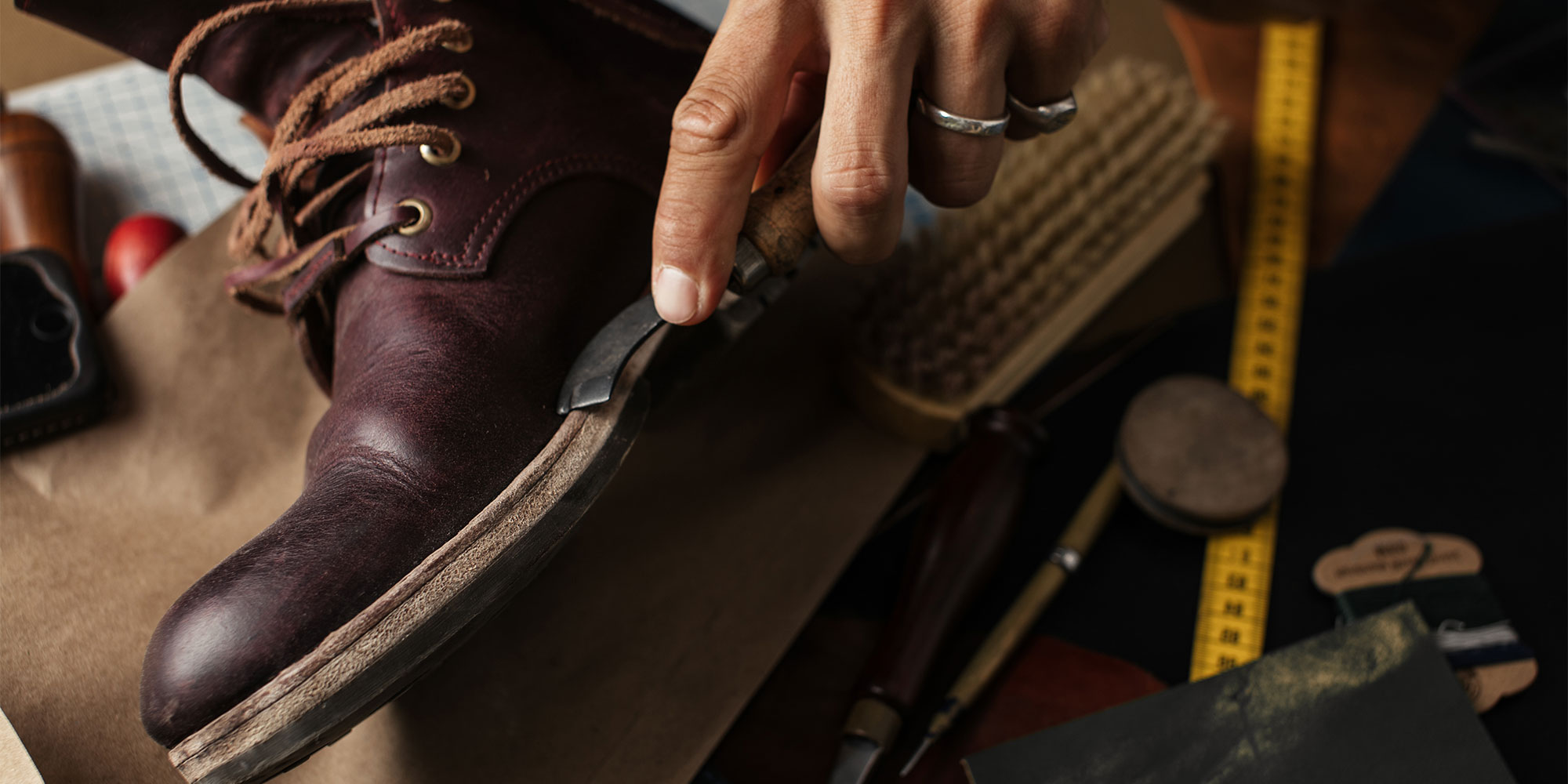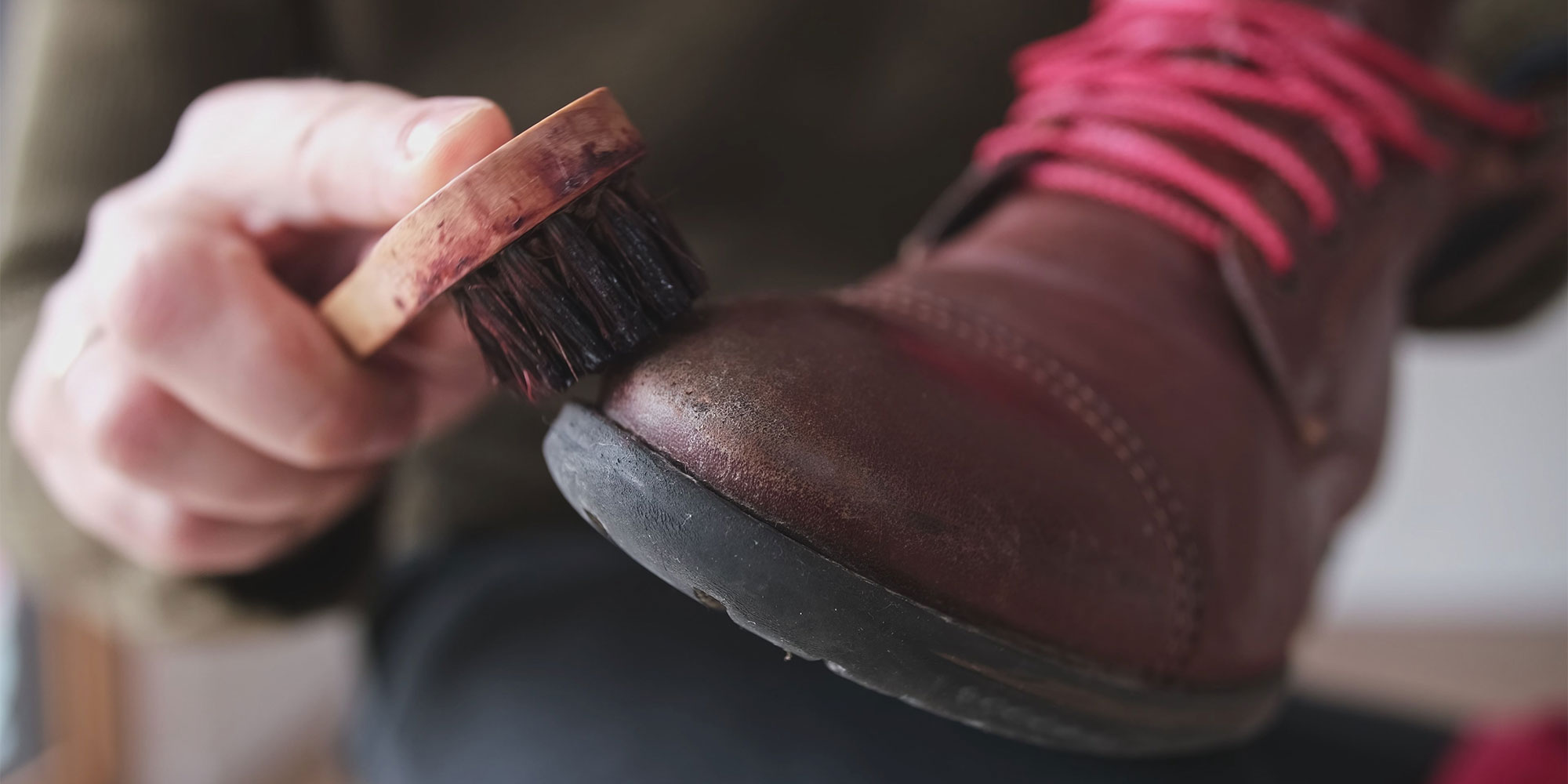
Which? Travel trusted travel advice
Who to book with, how to get the best deals and inspiring destination ideas from the experts. £4.99 a month, or £49 annually
Join Which? TravelCancel anytime.

The best walking boots are built to last, but if they're not properly cared for, they can deteriorate quickly.
Worn-out boots can lose their waterproofing, leading to soggy feet. They also provide less ankle support and can reduce grip underfoot, making challenging landscapes tricky to cross safely.
Follow these easy tips to ensure you keep comfortable while out hiking and to give your pair the best chance of lasting – meaning you won’t have to splash out on a new pair any time soon.

Leaving your walking boots covered in dirt is likely to cause problems down the line. Dirt can damage the boots' materials and water resistance. The last thing you want to do after a long walk is clean your boots, but it's much easier to take five minutes to do so before the mud dries.
Begin by banging the boots together gently to dislodge stones and large bits of dirt. For particularly muddy boots that need a deeper clean, it's worth removing the laces and insoles to wash separately in soapy water. Then use a soft brush with warm water and mild soap or boot cleaner to scrub the remaining dirt off.
Similarly, if you've simply found them getting dusty on your shoe rack, clean them in the same way – or use a damp cloth.

It can be tempting to dry walking boots on a radiator, in front of the fire, or with a hair dryer, but applying high heat directly can cause them to lose their shape and become uncomfortable. Instead, leave them in a warm — not hot — well-ventilated spot to air dry.
You can dry them as much as possible with a soft towel or cloth and stuff them with newspaper or kitchen roll to help absorb the water and hold their shape as they dry. But if you need them to get dry more quickly, put them in front of a non-heated fan.
Want to choose a footwear brand you can rely on to go the distance? Check out our guides to the best walking boots and best walking shoes as rated by real customers.

After ensuring your walking boots are completely dry, it's important to store them in a dry, well-ventilated place that's not too warm. This will prvent your hiking boots from going mouldy – something that leather and organic fabrics are more prone to than synthetic materials. Never keep them in a plastic bag or container, as these trap moisture. Opt for a shoe bag or original shoe box instead because they are more breathable. If possible, pop some silica gel packets in to absorb excess moisture.
If you're keeping your boots on a shoe rack, it's best if they’re out of direct sunlight. Prolonged exposure to sunlight can bleach the colour of your boots and cause leather or suede materials to crack over time.
If you do find mould on your walking boots, a mixture of white vinegar and water can get rid of it. Start with a 20:80 ratio of vinegar to water, but increase the vinegar for more stubborn spots. Spray it directly onto the boot or dip a firm brush or soft cloth into the solution and scrub. Ideally, do it outside and leave the solution on the boots for 30 minutes or so, then wipe it away.

Hiking boots do not stay waterproof or water-resistant forever. After your footwear is clean and dry, simply spray it with reproofing spray and leave to dry.
Just don’t reproof too often, as this can damage the materials and reduce your boots’ breathability, causing your feet to feel sweatier on hikes. Reproof them once every three months, or when you can see water seeping into the materials rather than beading on the surface.
Looking for the best walking clothes? Find out which we recommend in the best waterproof jackets and best walking trousers guides.

Even if you take lots of precautions to keep your hiking boots in good condition, tears can appear over time. But before you start browsing for a new pair, consider repairing your old ones instead to save money and be more sustainable.
It's easy and cheap to fix minor issues with glues or sealants yourself, such as a tear in the fabric or a detached sole. For more complicated repairs, it's best to go to a professional. Replacing eyelets is a cheap service costing around £10, while a full resoling is often pricier at around £65 to £100 (though this could still be cheaper than fully replacing some pairs). Some brands offer a repair service for their boots, such as Scarpa and Altberg.

It can be tempting to wear your reliable and comfy hiking boots on every walk, but they aren't the best choice for all conditions. Some of the best walking boots can be very expensive, so it's worth only wearing them when you need to.
For walks in dry conditions and over easy terrains, consider a pair of walking shoes. They are lighter and more flexible, and though they're not fully waterproof, they'll certainly protect you from springtime dew and light showers. Better yet, they're generally cheaper than walking boots and you can find a bargain pair from a reliable brand in our best walking shoes guide.

In short: yes, leather walking boots generally last longer than fabric ones. Leather boots naturally offer strong resistance to rocky terrain and water. However, there are some compromises: they are usually heavier to wear, more difficult to break in, and you have to treat the leather more often to prevent cracking or drying out.
Walking boots made from synthetic fabrics such as nylon and polyester are significantly lighter and more breathable, but less durable. Most walking boots combine leather and fabrics to balance comfort with robustness. For example, you'll often find leather across the toes and around the heel, with fabric stitched in-between.

Who to book with, how to get the best deals and inspiring destination ideas from the experts. £4.99 a month, or £49 annually
Join Which? TravelCancel anytime.